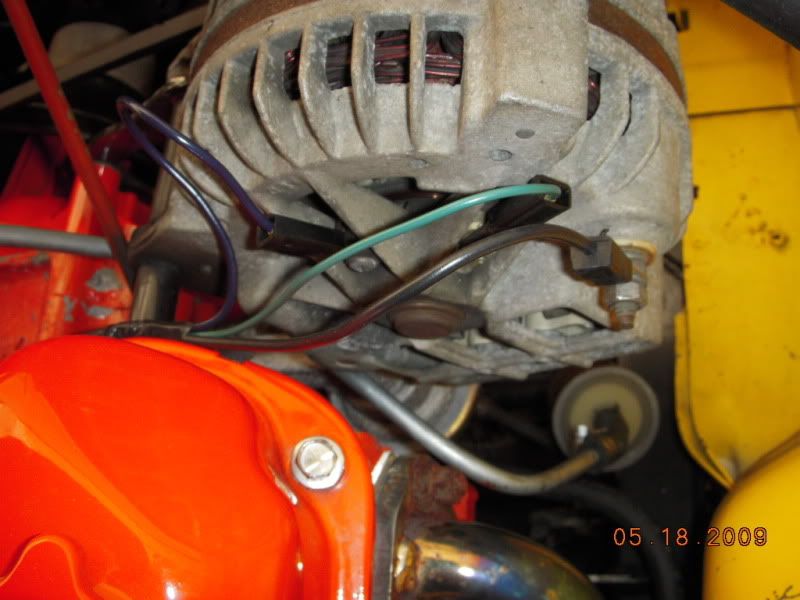69bronzeT5
My wife's car is faster.
The wiring around my alternator dosen't look right to me. However, I don't have a close up picture of it currentley. Could somebody please post or take a picture of their alternator wiring? It would be much appreciated. The car in question is my '73 Duster with a 318 auto.


















